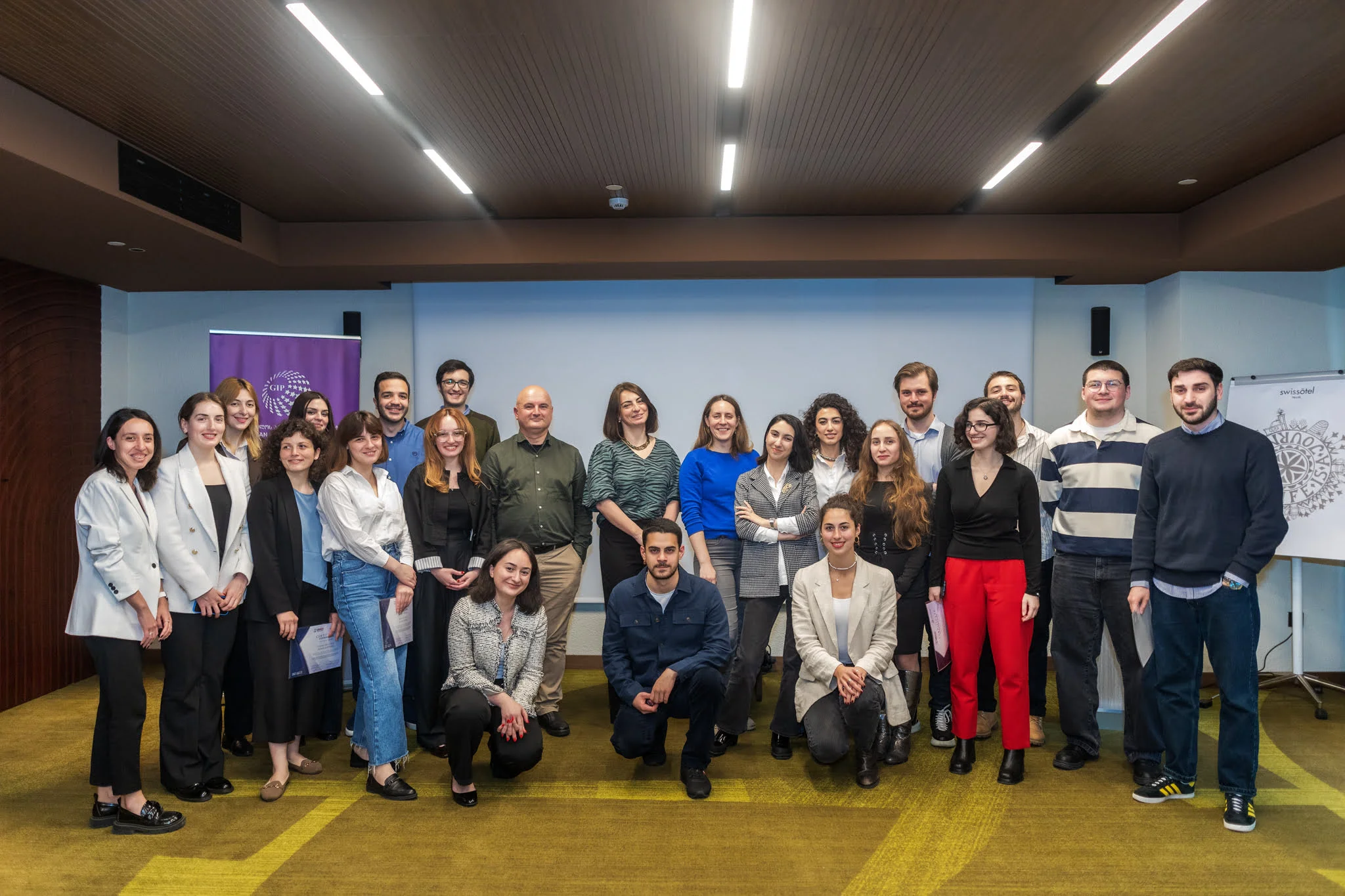2024-08-10 13:48:01

Author
Shio Jashi
One of the most notable outcomes of the Tbilisi Transport Reform has been the introduction for the first time in the city’s history of bike lanes. Despite that, the use of bike infrastructure remains the least popular mode of transport, in contrast to public transport which has had an increasing number of users. While dedicated bus lanes have proven effective, bike lanes’ success remains uncertain. In most cases, the creation of bike infrastructure has followed on from the large-scale rehabilitation works of main streets and avenues, that have been carried out step by step, one at a time over the last decade – which is one of the main reasons why the bike lane network is not yet fully connected. In addition to that problem, there are no specific safety rules or regulations for bike lanes. As a result, the popularity of bike lanes among commuters is low, and their existence is often unrecognised by both pedestrians and car drivers. In the Georgian capital, and not only there, the increase in traffic congestion and air pollution caused by heavy dependence on cars remains a pressing issue. In this context, it is necessary to investigate the potential of transport alternatives such as bike lanes, and manage them effectively to reduce car usage and dependency. The purpose of this policy paper is to explore the potential of bike lanes and analyze what role bike infrastructure can play in the fight against heavy traffic congestion. The idea of researching this issue arose precisely for the purpose of establishing a sustainable and green urban environment in Georgia, since this is an often forgotten but important aspect of the path to European integration. In this regard, the development of bike lanes plays a crucial part. As part of research for this paper two focus group studies on the use of bike lanes were conducted, as well as interviews with the Caucasus Cycling Network, CCN, and the Partnership for Road Safety, whose recommendations are reviewed in this document.
Key Words: Bike Lane, Cycle Infrastructure, Non-Motorized Form of Transportation, Bike Lane Network, Bike Sharing Service, Heavy Congestion, Transport Reform, Public Transport







